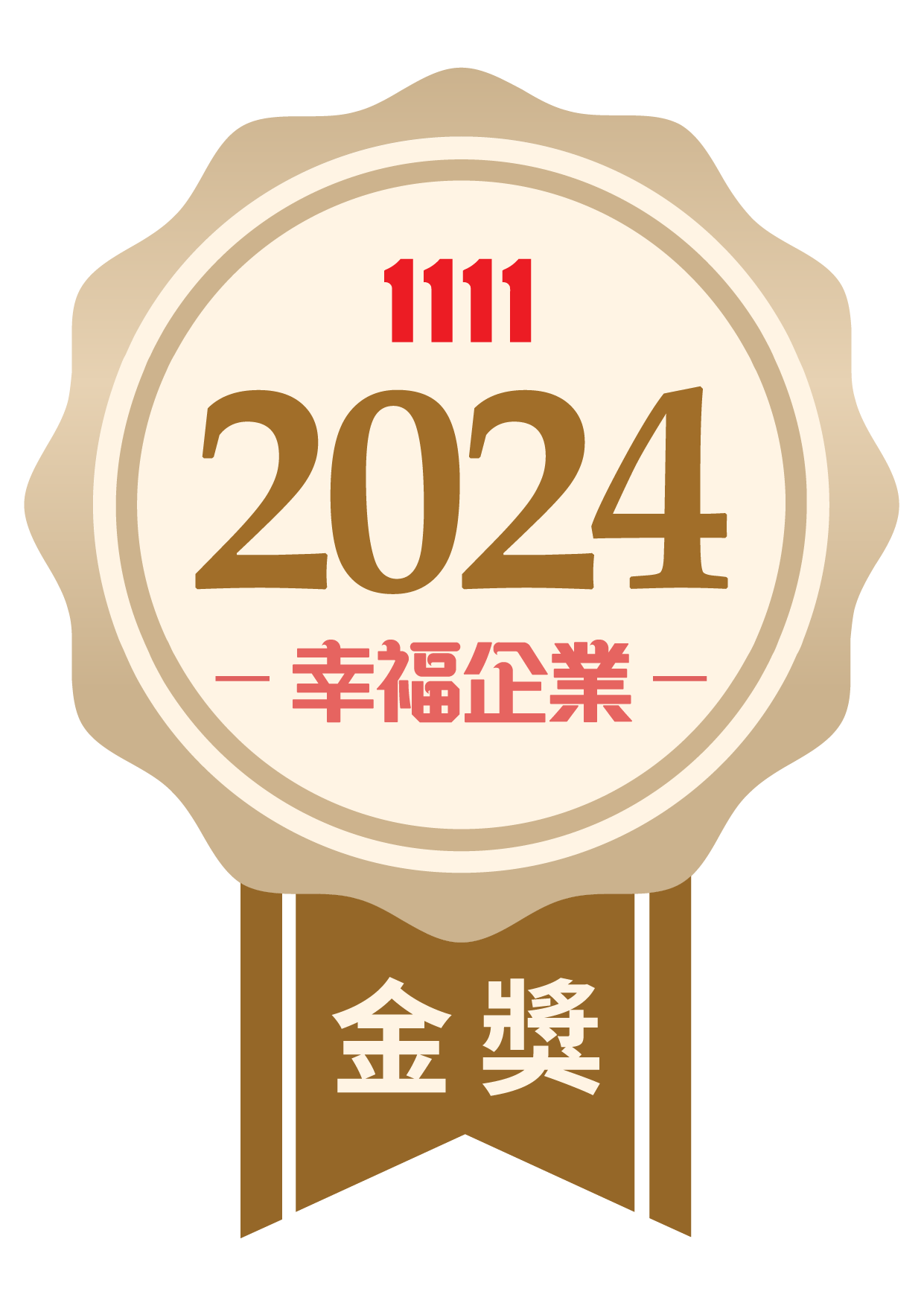Summary
In July 2025, the spot settlement price of aluminum on the London Metal Exchange (LME) fluctuated between USD 2,557 and USD 2,657 per metric ton, closing the month at USD 2,580. Although prices rose slightly at the beginning of the month, the overall trend was volatile, with a modest decline by the end of the month. Notably, despite prices remaining relatively high, LME aluminum inventories increased significantly in July—from 348,625 metric tons at the beginning of the month to 461,025 metric tons at month-end.
This accumulation of inventory deviates from the typical expectation that lower inventories support prices, suggesting a potential supply surplus or that rising demand has not fully absorbed the additional stock. It may also reflect expectations of future demand recovery, such as a post-summer rebound or the effects of looser monetary policy, which encourage storing material in warehouses. Moreover, the inventory increase could stem from aluminum being transferred from unregistered warehouses to LME-registered warehouses, rather than indicating a real global oversupply.
Regardless of the specific cause, other bullish factors—such as tariff policies and supply restrictions in China—are providing strong price support and preventing a steep price decline despite the inventory buildup, highlighting the market’s complex dynamics.
Looking ahead to 2025, the global aluminum market is expected to shift from a slight surplus in 2024 to a supply deficit, driven mainly by capacity constraints in China and a gradual recovery in global demand. The increase in U.S. import tariffs on aluminum has significantly pushed up domestic prices, with the Midwest premium reaching record highs. China’s macroeconomic outlook and potential drought risks are also key uncertainties that could impact global supply.

Detailed Analysis of LME Aluminum Prices in July 2025
Spot and Three-Month Futures Price Analysis
In July 2025, the London Metal Exchange (LME) aluminum spot settlement price and the three-month futures price exhibited similar trends. On July 1, the spot price was USD 2,604.00/ton, and the three-month futures price was USD 2,605.50/ton. Throughout the month, the spot price reached a low of USD 2,557.00/ton on July 17 and peaked at USD 2,657.00/ton on July 25. The three-month futures price followed a comparable trajectory, with a low of USD 2,561.00/ton (July 17) and a high of USD 2,656.00/ton (July 25). As of July 31, the spot price closed at USD 2,580.00/ton, while the three-month futures price closed at USD 2,581.50/ton.
The close correlation between the spot and three-month futures prices in July, along with their narrow price spread, indicates a relatively stable market outlook for both immediate and short-term future supply and demand. This pricing structure typically reflects market confidence in near-term supply: even though inventories are rising, there is no evident spot premium (where the spot price exceeds the futures price, signaling tight near-term supply) or discount (where the spot price is lower than the futures price, indicating oversupply).
This suggests the market is not currently experiencing a sharp supply shortage, and the increasing inventory is being absorbed without triggering immediate panic. At the same time, the absence of a significant futures premium (where the futures price is much higher than the spot price, signaling severe oversupply) also indicates that, despite the inventory build-up, the market is not yet sending a strong oversupply signal. This implies that the market is in a delicate state of balance—on one hand influenced by rising physical inventories, and on the other hand supported by bullish factors such as tariffs, China’s production caps, and expectations of a future demand recovery.
Monthly Price Range and Volatility
In July, the LME aluminum price fluctuated within a range of approximately USD 100 per metric ton. Compared to the sharp volatility seen in previous months (for instance, prices in 2021 peaked above USD 3,000/ton before retreating), this represents relative stability. This steadiness emerged following a market correction at the end of June, during which LME inventories continued to rise in early July. It suggests that the price stability may be a result of a “soft landing” under pressure from seasonal demand weakness—particularly the summer slowdown in China’s construction sector—and growing inventory levels, rather than being driven by strong demand fundamentals.
This price stability may indicate that the market has found a temporary equilibrium. This balance is likely supported by solid cost factors (such as high alumina prices) and long-term bullish expectations—for example, ING forecasts an average price of USD 2,625/ton for 2025. These elements are helping to prevent a significant price decline. At the same time, weak spot demand and inventory accumulation are capping the upside potential for prices. This scenario suggests that the market is currently in a wait-and-see mode, awaiting clearer signs of demand recovery or further supply disruptions. As a result, the present stability may be fragile, and any substantial changes in supply or demand could disrupt this balance and lead to renewed price volatility.
Impact of Inventory Changes on Prices
LME aluminum inventories saw a significant increase in July, rising from 348,625 metric tons on July 1 to 461,025 metric tons by July 31. This stands in stark contrast to the declining inventory trend reported at the end of May. The sharp rise in July inventories marks a key point of comparison with the drawdown seen in May and may indicate a rapid shift in the market’s supply-demand balance as the third quarter begins. Alternatively, it could reflect the transfer of aluminum from non-LME registered warehouses into LME warehouses, possibly to take advantage of arbitrage opportunities or to fulfill delivery requirements.
The daily data for July 2025 provided in the report is essential for verifying user queries, offering more timely and granular insight than the broader trends available up to May. As such, it more accurately reflects the real market conditions in July. Regardless of whether the inventory build-up was driven by a slowdown in physical demand (as indicated by a “weak spot market”) or by inventory transfers, this accumulation exerts short-term downward pressure on prices. The inventory increase creates a latent supply-side pressure that may cap future price gains or intensify price declines should market sentiment turn negative.

Key Factors Influencing Aluminum Prices in 2025
Global Supply-Demand Balance and Inventory Dynamics
The global aluminum market is expected to shift from a slight surplus in 2024 to a supply deficit in 2025. ING forecasts a global aluminum deficit of approximately 400,000 metric tons in 2025, while J.P. Morgan offers a more bullish projection of a 600,000-ton shortfall. This shift is primarily attributed to slowing production growth and the gradual recovery in consumption.
Alumina, as a critical raw material for aluminum production, has a direct impact on aluminum prices. In 2024, a shortage of alumina contributed to price increases. While the alumina supply is expected to normalize in 2025 and may not pose a major issue, its cost still accounts for over half of the total aluminum production cost—well above the typical 30% to 35% range. This elevated cost structure may persist into early 2025, although new capacity coming online in Indonesia and China in the second half of the year is expected to ease the pressure.
China’s Role in Global Supply and Demand
As both the world’s largest aluminum producer and consumer, China’s policies and economic conditions have a decisive influence on the global aluminum market. The Chinese government has set a domestic aluminum production cap at 45 million metric tons, with current output nearing this limit (around 43 million tons). This cap is expected to slow China’s aluminum production growth to around 2% in 2025.
Additionally, China eliminated aluminum export tax rebates in December 2024, which is projected to reduce aluminum exports by 8–11% in 2025. The decline in exports will further tighten global supply, exerting upward pressure on international prices—particularly in light of potentially intensified sanctions against Russian aluminum.
On the demand side, China’s aluminum consumption in 2025 is expected to remain relatively stable. Moderate growth is anticipated in the electric vehicle and construction sectors, though this may be partially offset by slowdowns in real estate and exports. Supply-side reforms and energy transition policies will also limit production growth, tightening the domestic supply-demand balance and increasing reliance on imports.
A key uncertainty facing China is the risk of drought. In the past, aluminum production facilities have been shut down during droughts to ensure residential power supply. Such events could recur in 2025 and cause unpredictable price volatility. Although the Chinese government launched several stimulus measures in 2024, these typically have a lag effect of 6 to 9 months. Given that much of household savings have been tied up in the property market, consumer spending may remain cautious as long as the real estate sector continues to struggle, thereby constraining broader demand recovery.
U.S. Trade Policy and Tariffs
The United States’ trade policy has had a significant impact on global aluminum prices, particularly domestic prices within the U.S. On February 10, 2025, the U.S. government imposed a 25% ad valorem tariff on imports of steel and aluminum products from all countries. Subsequently, on June 4, 2025, these tariffs were further raised to 50%. The policy is intended to protect domestic manufacturing and safeguard national security interests.
The doubling of tariffs had an immediate effect on U.S. aluminum prices. As of June 2025, the U.S. Midwest Premium reached a historic high of 60 cents per pound (equivalent to USD 1,323 per metric ton). This figure represents a 190% increase since the November 2024 U.S. presidential election, surpassing even the peak levels seen after the implementation of Section 232 tariffs in 2018. The surge in the premium reflects tightening supply in the U.S. market due to restricted import flows.
The increased tariffs have added cost pressures across various U.S. industries, especially those that are aluminum-intensive. For products with high aluminum content and thin profit margins—such as beverage cans—cost increases are typically passed on to consumers within two to three months. Durable goods manufacturers may initially absorb the additional costs but are likely to adjust product prices in subsequent cycles.
However, tariffs are a double-edged sword. While targeted tariffs can drive up domestic metal prices by causing localized shortages—thus giving domestic producers the freedom to raise prices—broad-based tariffs risk disrupting overall economic activity and weakening demand for industrial metals, introducing downside risks. Nevertheless, U.S. aluminum premiums are expected to remain elevated through 2025 and gradually normalize in 2026–2027, although a significant price gap with other markets is likely to persist.
Global Economic Outlook and Monetary Policy
Global macroeconomic developments will continue to influence the aluminum market in 2025. The U.S. economy is performing relatively well, with the job market stabilizing and inflation having fallen below 3%. U.S. economic growth is expected to maintain its current pace throughout 2025. However, the U.S. President’s policies—particularly trade tariffs—remain a major source of uncertainty.
In contrast, the European economy continues to struggle, with Germany and France showing signs of particular weakness. Although inflation continued to decline in 2024 and the European Central Bank (ECB) has implemented several rate cuts, further rate reductions are expected in 2025 to stimulate economic growth.
The current cycle of monetary easing is likely to support aluminum prices. Lower interest rates will reduce borrowing costs for manufacturers, thereby encouraging investment and increasing demand. However, if rate cuts are delayed, the recovery of the construction and infrastructure sectors may be postponed, negatively impacting aluminum demand.
Market Forecasts by Major Institutions
Several major institutions have released aluminum price forecasts for 2025. While the specific numbers vary, there is a broad consensus that the market will be well supported:
ING: Forecasts an average aluminum price of USD 2,625/ton in 2025, citing tightening global market conditions that are expected to provide strong price support.
Goldman Sachs: Raised its forecast for the second half of 2025 to USD 2,280/ton, noting that the expected market surplus is smaller than previously thought. However, Goldman projects a decline in early 2026, with an average price of USD 2,230/ton for that year. It’s worth noting that earlier projections by Goldman Sachs were more bullish, suggesting a 2025 price of USD 2,700/ton—likely reflecting a different set of expectations or timing.
J.P. Morgan: Previously set a 2025 price target of USD 2,800/ton, with the peak expected to occur in the third quarter.
Euroguss: Anticipates primary aluminum prices to fluctuate around USD 2,300/ton by the end of Q3 2025, with a margin of ±USD 300. This forecast is more conservative compared to other institutions.
Global Aluminum Market Size and Growth Forecast
The global aluminum market is expected to continue expanding in the coming years, driven by increasing demand across multiple industries for its lightweight, durable, and recyclable properties.
According to various research institutions, the global aluminum market was valued at approximately USD 178.5 billion to USD 255.2 billion in 2024. From 2025 through 2033 or 2034, the market is projected to grow at a compound annual growth rate (CAGR) of 4.1% to 6.18%, reaching a size of USD 285.4 billion to USD 462.0 billion by 2033 or 2034.
Key growth drivers include:
Rising demand from the construction and infrastructure sectors: The building and construction industry remains one of the largest end-use sectors for aluminum. Particularly in the Asia-Pacific region—including countries like Indonesia, Singapore, Thailand, Vietnam, the Philippines, and India—robust construction activity is expected to significantly boost aluminum demand. Aluminum Composite Materials (ACMs), valued for their durability, lightweight nature, and aesthetics, are widely used in building facades, cladding, and interior design.
Increased use in automotive and aerospace industries: With advancements in manufacturing technologies and stricter CO₂ emissions regulations, the average aluminum content per vehicle is expected to rise. Due to its lightweight properties, aluminum is extensively used in vehicle body panels, chassis, suspension systems, and aerospace components.
Surging demand from packaging and pharmaceutical industries: Aluminum is in high demand in the food and packaging sectors due to its non-toxic nature, ability to extend shelf life, and antimicrobial properties. Growing consumer preference for sustainable packaging materials and stricter government regulations on single-use plastics are further driving demand for eco-friendly aluminum packaging such as cans and foil.
Rising adoption of secondary (recycled) aluminum: Recycled aluminum requires about 95% less energy to produce than primary aluminum. It can be recycled indefinitely without loss of purity, making it an environmentally friendly and energy-efficient option that helps reduce landfill pressure and conserve natural resources.
Technological advancements: Innovations in aluminum production—including improvements in smelting processes, recycling methods, and alloy development—have enhanced production efficiency, lowered costs, and broadened market applications. New joining technologies such as friction stir welding, laser welding, and bonding have also addressed previous welding challenges, enabling aluminum’s use in more diverse manufacturing contexts.
From a regional perspective, the Asia-Pacific region holds the largest share of the global aluminum market and is expected to maintain its lead throughout the forecast period. This dominance is driven by rapid urbanization, strong infrastructure development, and expanding construction activities in the region.
Conclusion and Outlook
In July 2025, LME aluminum prices remained relatively stable amid fluctuations, but the notable increase in inventories is a key development worth monitoring. This accumulation of stock, while not triggering an immediate price collapse, may represent future supply-side pressure that could limit upward price momentum.
Looking ahead to the second half of 2025, the global aluminum market is expected to shift from a surplus to a deficit—or at most, a slight surplus—which will provide firm support for prices. Structural factors such as China’s production caps and declining exports, along with the surge in U.S. domestic premiums driven by tariff policies, are anticipated to be the main forces pushing global aluminum prices higher. However, uncertainties surrounding China’s economic recovery and the potential for drought remain significant risks to supply stability.
While the market expects aluminum prices to remain supported and possibly peak in the third quarter of 2025, analysts also warn of potential downward pressure in 2026 as new production capacity gradually comes online, potentially tipping the market back into surplus.
In the long term, the global aluminum market remains optimistic, supported by sustained demand for lightweight, durable, and sustainable materials in industries such as construction, automotive, packaging, and electronics. The growing adoption of recycled aluminum and continued innovation in production technologies will also bolster market development. As a result, the aluminum market is expected to remain complex and dynamic, shaped by the interplay of multiple economic, policy, and technological factors.



